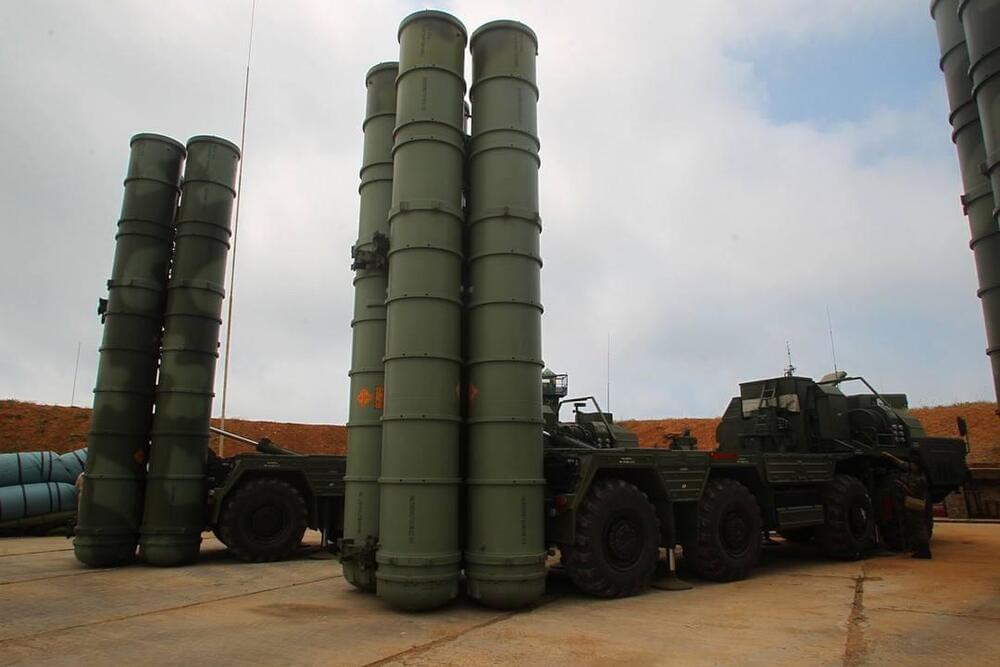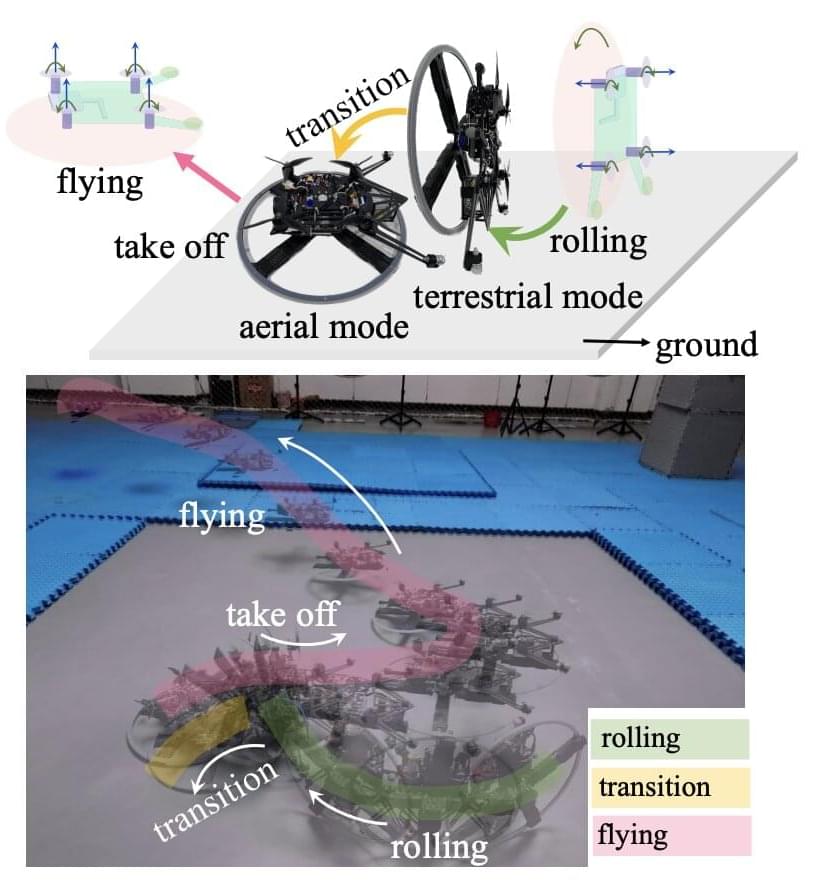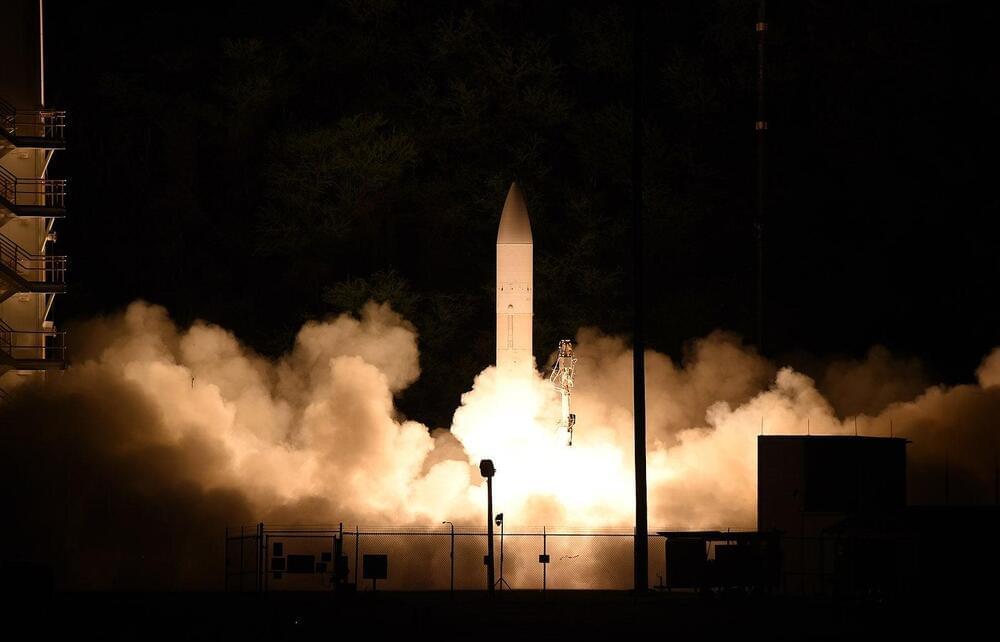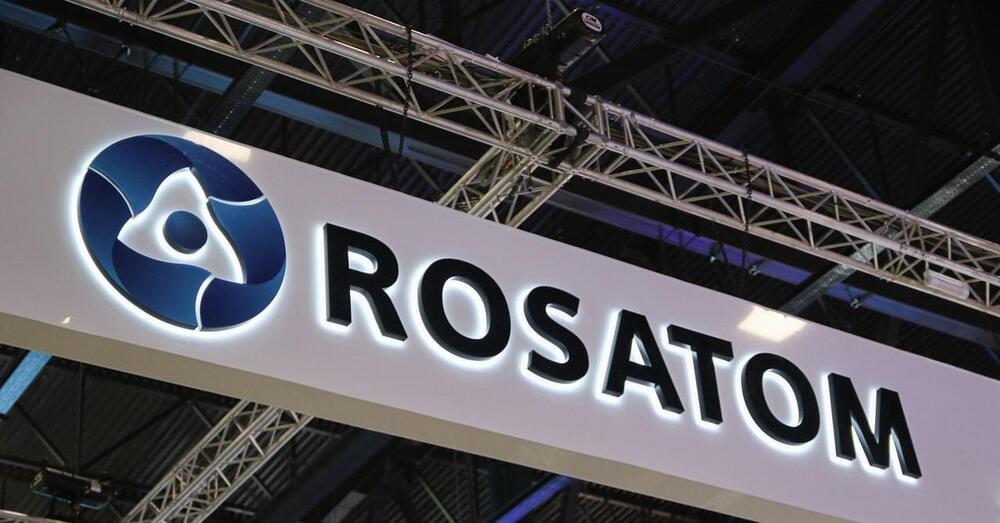Play EVE Online: https://eve.online/Ridddle_EN
In this video, we explore the fascinating prospects of humanity becoming a proper interstellar civilization, up to Type III on the Kardashev scale. However, this transition process presents our species with a bunch of physical limitations, as well as societal and even biological implications. Many of them are quite unwanted or even ugly! We explore this vast topic by using the latest scientific models as well as the best science fiction worlds from books, TV shows, and even games. Speaking of which, to help us visualize this space-faring future with much-needed scale and fidelity, we turned to CCP Games — the creators of the massively multiplayer online game EVE Online. https://eve.online/Ridddle_EN. It is set in a rich sci-fi universe, where players can create their own character and explore a vast and complex virtual world built according to the well-thought set of consistent in-world rules The game is known for its intricate economy, politics, and warfare mechanics, where players can engage in a variety of activities, including mining resources, trading, building structures, and participating in battles. Quite frankly, the game feels like a real simulation of all those future endeavors humanity will face on the way to becoming a true interstellar species!






